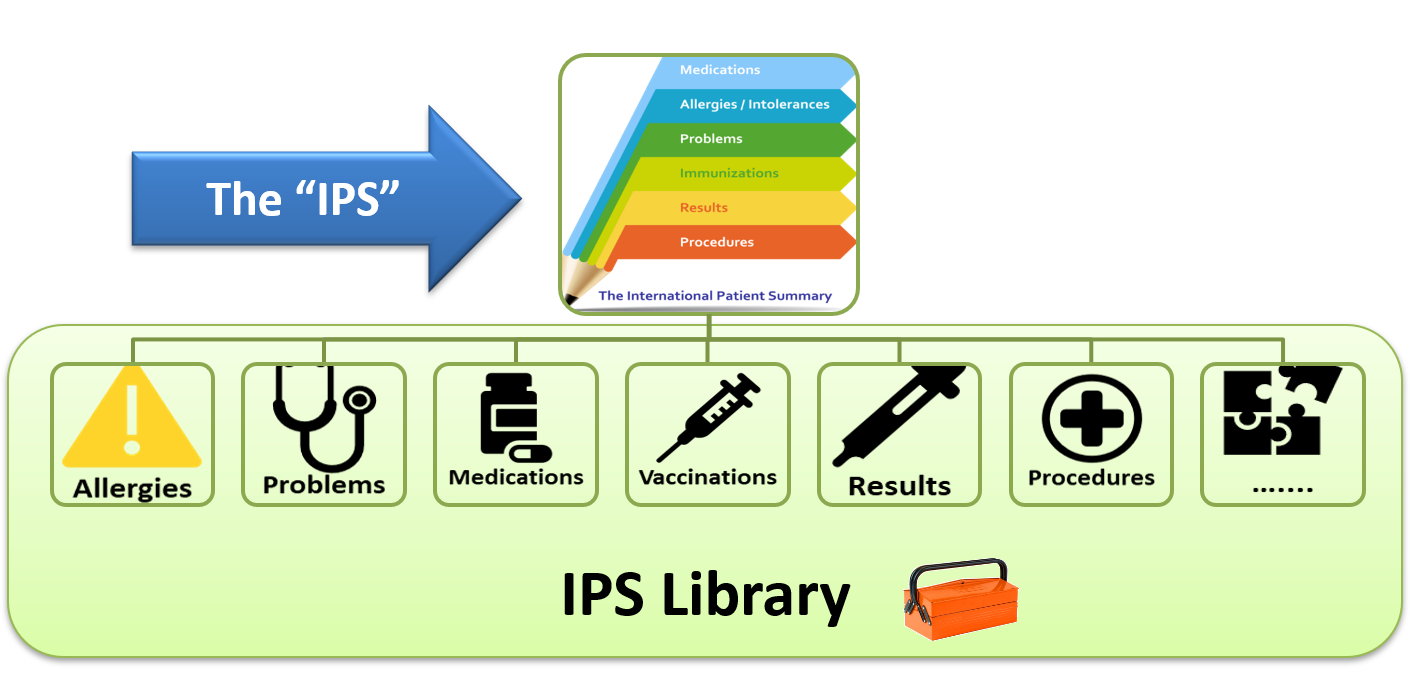At a panel discussion at the IHE-Connectathon there was much discussion about the new IPS specification. This is a new FHIR specification that expresses what a International Patient Summary (IPS) would look like. This is a FHIR-Document, much like a CDA Document, but using FHIR fundamentals rather than the HL7 v3 model that is the basis of CDA. The IPS is further designed to support modern informatics and health use-cases, so it is really closer to the C-CDA
A question was asked of the panel... "Where do I get the IPS for a patient?"
The panel did an excellent job given an ad hoc question. I would like to further refine this.
There was one answer that was focused on an HIE architecture that collects all the data within a region, and thus can produce a current summary perspective of this collection of all that patients data within that region.
I think this approach to the question is missing a key point. The IPS is a specification of what a International Patient Summary would look like using the FHIR standard. The IPS is not a policy or procedure document for how the IPS data was acquired. Thus to ask this question is not really a question about IPS, but rather about policies and deployment decisions. The IPS specification did somewhat address the fact that the creator of the IPS might be human driven, or automated. The committee writing the IPS understood this scope focus.
This question did bring up that there is a perspective on the IPS that is being seen as critical. That is that the author has a perspective on why they are creating the IPS. That is that the consumer has a specific need and that there are a diverse set of consumers all with very different needs, needs that can be in conflict.
Note that the Document Sharing exchanges can handle very well this new FHIR-Document. The design of XDS/XCA/MHDS are content preserving but content format agnostic.
I suspect that some IPS will be created much like a C-CDA is created today. As a report from a healthcare organization representing what that organization knows about the patient. It might be created by a Patient managed application based on the collection of the health information that the patient has collected. It might be created by a regional or vendor driven organization that covers a larger domain of scope. And it might be created by organizations that pull from these authors and further refine a broader focused IPS.
Critical to this maturity is a strong need to maintain basic Provenance on all data elements to enable de-duplication. We must agree to always include business identifiers that have ever been assigned to data elements. I call this basic provenance, in that the global unique identifier enables de-duplication.

No comments:
Post a Comment